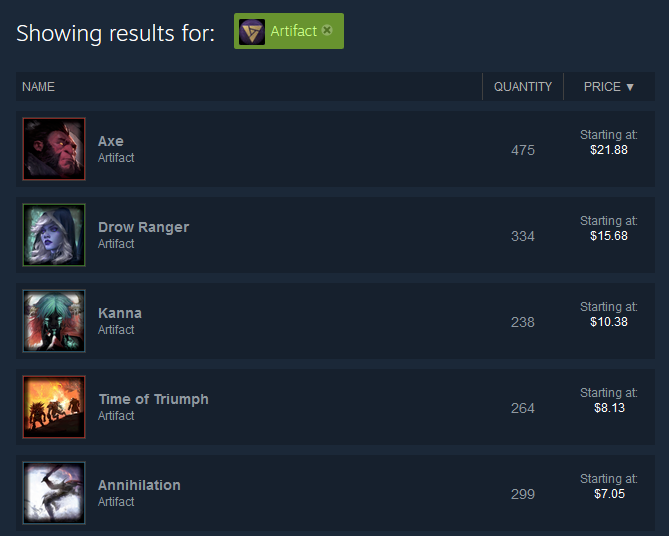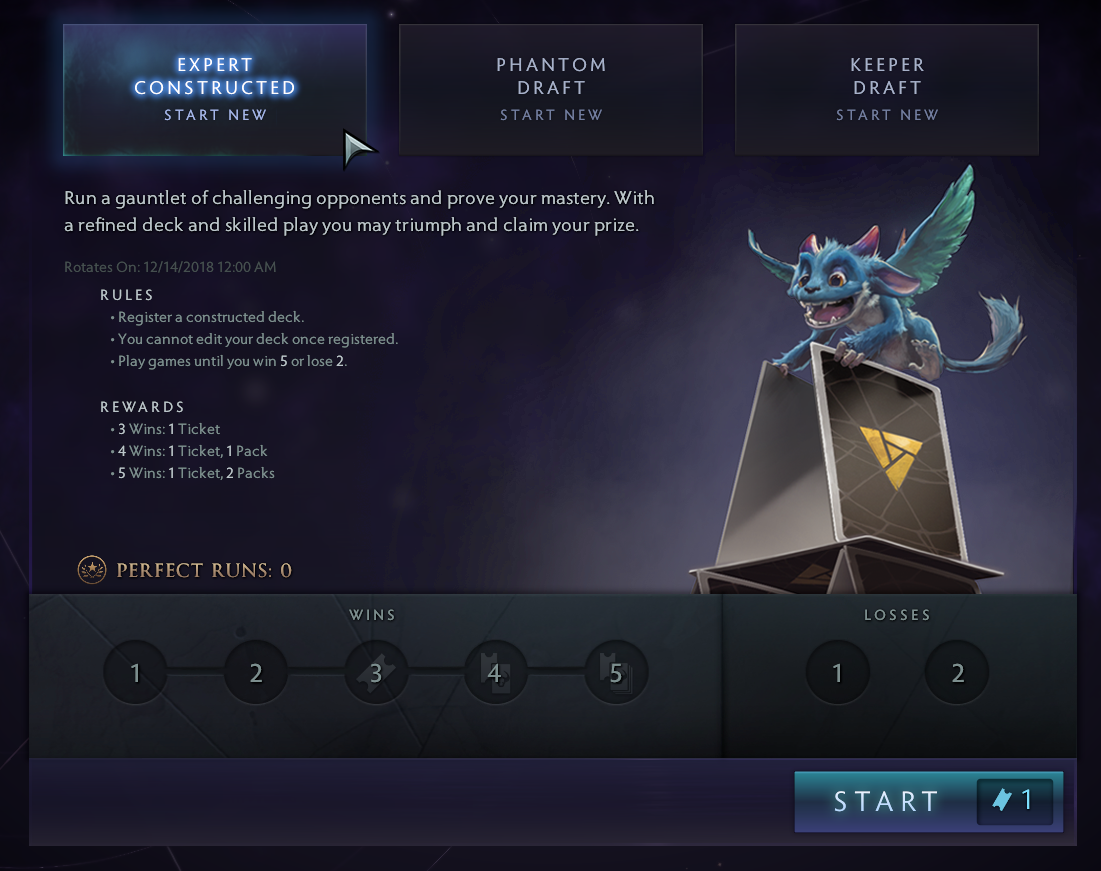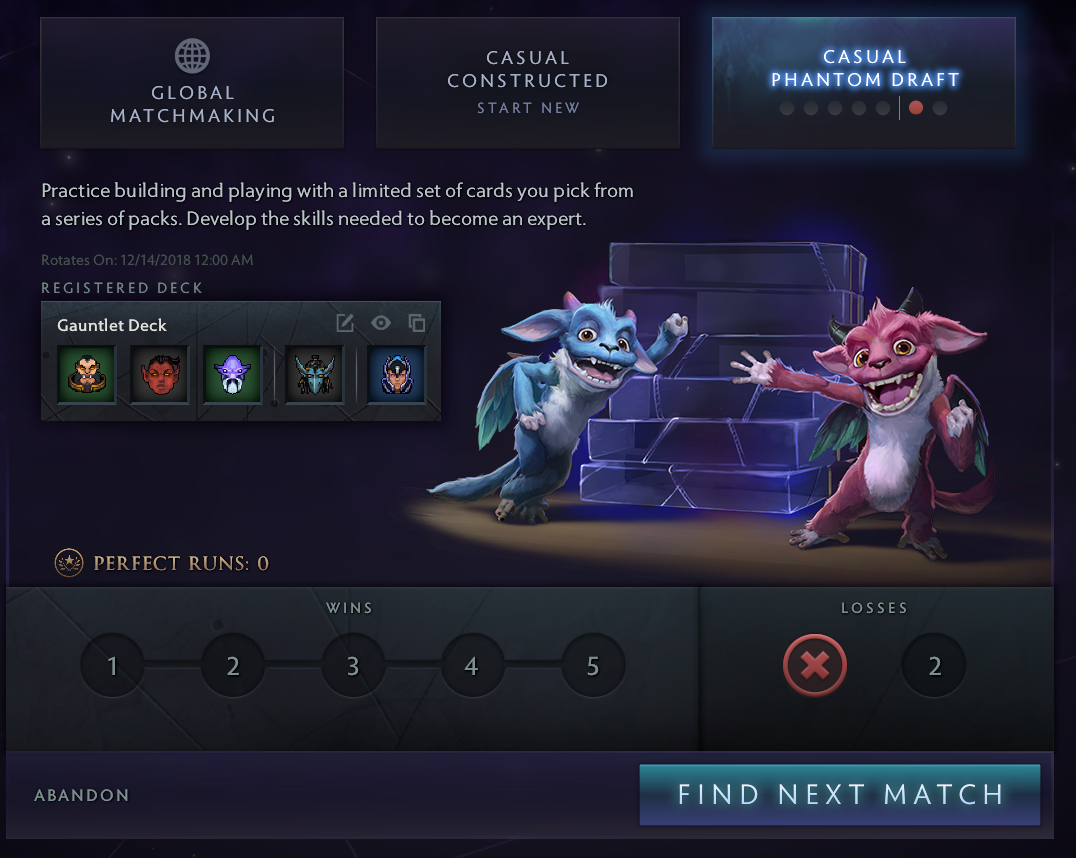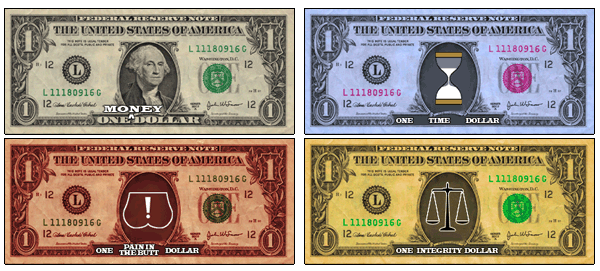So I've been playing Artifact, Valve's new card game designed by Richard Garfield (designer of Magic: The Gathering.) I've been in the beta for a little while, and have some thoughts on the game and it's much-ballyhooed economy.

Earlier today I tried playing the market a little. You can read about that in this twitter thread if you want. The TL;DR is that there's both fascinating stuff, and causes for concern. (Also don't buy packs and learn to love casual phantom draft, but that's just me)
So I was in the Artifact beta, so I decided to use my base 10 packs as an experiment in playing the Artifact market. My limitation: no putting in any of my own money, see how far it gets me.
— Lars Doucet (@larsiusprime) November 30, 2018
The game itself -- just considering the gameplay and design -- is great. A whole bunch of articles have been written about the game design, how it plays, how to get started, etc, so I won't rehash that beyond basics: unlike every other card game I've played, it has three "lanes" of play at once -- kinda like three simultaneous games of Magic: The Gathering, albeit with different rules. Even considering deck advantage and lots of small-scale RNG, the general consensus is the game has a higher skill ceiling, so good play can overcome a superior deck (at least more than you'd expect from other card games). I exclusively play draft, and every game I've lost so far came down to a clear mistake on my part, with most games being very close with lots of exciting reversals. It's also faster-paced than most card games.
As for the economy, I have mixed feelings (and I don't mean "actually just negative feelings," as in common usage). There's both interesting and good things here as well as major concerns and pitfalls.
Academically, I'm fascinated by the market dynamics.
Socially, I'm worried about people with addictive personalities and compulsive gambling disorders.
Economically, the current model will probably lead to pretty cheap singles in the long run.
Cynically, I'm skeptical of constructed CCG formats b/c you always have to shell out one way or another just to not lose all the time.
Cheapskately, there's great game modes you can play free for ever.
Nervously, I worry about scamming and botting incentives.
Personally, I just play phantom draft casual, if I want constructed I'll play the pauper or peasant formats (only commons, and only commons/uncommons, respectively).
Valve has always been fascinated by market economies, and they've steadily been building out infrastructure on Steam to support it -- starting with the "hatconomy" in Team Fortress and CS:GO skins, to Steam Trading Cards. And of course, we've seen a fair share of scandals, bot farmers, and other scams over the years, drawn by the lure of financial incentive.
Unlike competing card games like Hearthstone and Gwent, Artifact costs $20 to play at all. (Hearthsone and Gwent are both free, but you can buy or grind for cards using in-game currency). This $20 buy in gets you 10 booster packs (each containing 10 cards each), five event tickets, and two preconstructed starter decks.
There are several game modes currently, which I will classify as "stakes" and "no stakes".
"Stakes" requires spending one event ticket, which costs $1 each (you must buy them in packs of five). Typically this is for an "expert gauntlet" where you try to win up to five games with the same deck. Losing two will end the gauntlet and forfeit your ticket. Winning three gets your ticket back, four nets you that and a free pack, and five nets you your ticket and two packs. Playing expert constructed obviously requires that you own cards, but there's also two draft modes -- phantom and keeper. Keeper lets you keep the cards you draft, but you have to pay for them, so it costs 5 packs and a ticket to enter. Phantom draft just loans you the cards for the duration of the gauntlet, so it only costs a ticket.

There's also "no stakes" versions of constructed gauntlet and phantom draft, as well as just a one-off casual constructed battle against a random matchmaking opponent at your skill level.

So, under what circumstances do you need to buy stuff to play Artifact? Let us count the ways:
To play the game at all ($20)
To play constructed (stakes or no stakes), unless you like losing a lot
To play keeper draft after you've run out of packs
To play any expert mode after you've run out of tickets
The two most common complaints about Artifact right now are:
There's a $20 entrance fee
There should be a free way to "grind" for cards like in other card games
There's valid arguments for the entrance fee and no grinding option, however. Note that by "valid arguments" I don't necessarily mean "correct", or "I agree" -- I mean, arguments that are logically correct if you grant the assumptions they depend on. Those assumptions are Valve's own goals and motivations, which I imagine are these:
Make a game with a marketplace because we want to do that as a first principle
Protect the market from scams
Make sure the value for everything doesn't go to literally zero
Granted these assumptions, an entrance fee and "no free grinding" necessarily follow. Because if you have a real money market place with no entrance fee to gatekeep, that market will be instantly destroyed by bots and scams spinning up new accounts. And if it's possible to grind for cards without putting stakes up, not only does that further incentivize scammers, but also just regular players will grind and dump cards until everything becomes worthless.
Plenty of people are okay with that, of course -- their true criticism is aimed at Valve's foundational assumption -- ie, that there should even be a market for cards at all.
But for better and/or for worse, Valve is committed to a marketplace and they're going to see this through. So let's follow this through to it's natural conclusions and explore all the angles.
Those of you familiar with my four currencies series can see where I'm going with this.
For those new to my blog, I get frustrated with how most economic discussions zero in myopically on just one "currency" -- money -- and neglect all the other equally valuable things we're "spending" in our day to day lives. In truth there are an infinite number of these "currencies", but the four I like to highlight most often are:

$M : Money dollars. Just regular money.





































